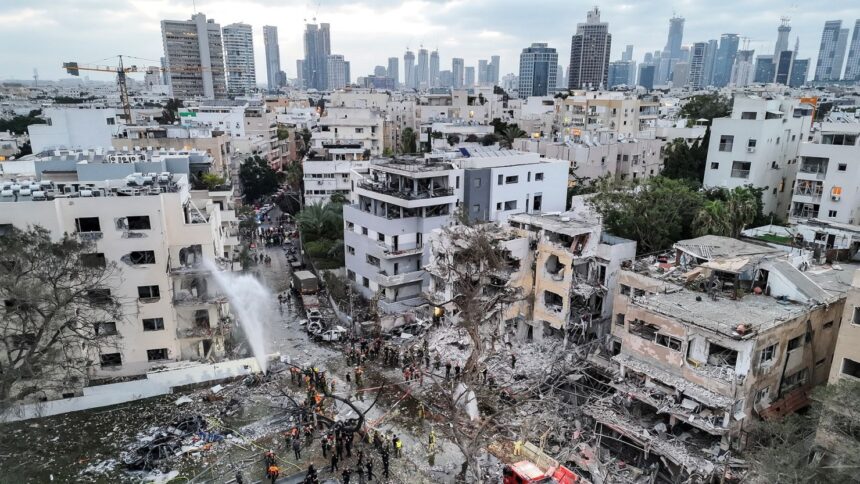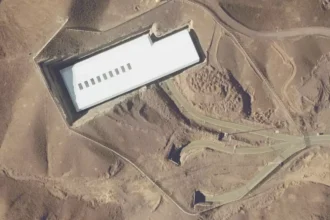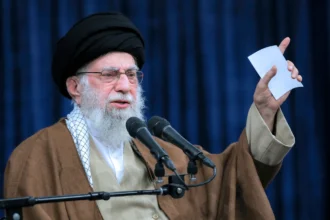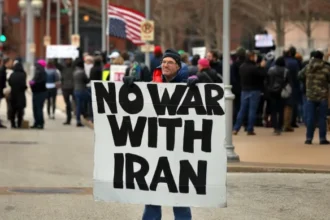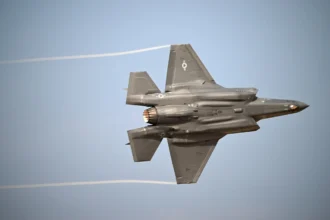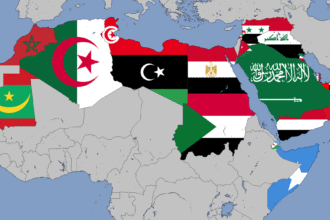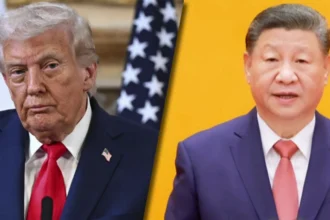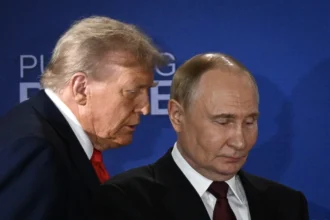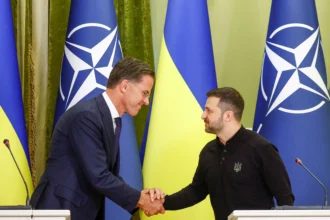As tensions between Iran and Israel appeared to boil over and then quickly cool down with a sudden ceasefire, some observers are now questioning whether the “war” was ever real at all — or if it was a highly controlled exchange designed for strategic messaging rather than true military escalation.
While real missiles were fired and global headlines followed every move, the limited scope of destruction, low casualty count, and rapid de-escalation have led some to ask: Was this conflict more performance than warfare?
1. The Signs of a “Managed” Conflict
Several aspects of the confrontation suggest a calculated exchange rather than an all-out war:
- Most missiles launched by Iran were either intercepted or landed in non-critical zones.
- Israel’s responses were measured and specific, avoiding widespread strikes.
- Civilians in both countries were largely spared, an unusual feature for major regional conflicts.
This pattern has led analysts and the public alike to view the conflict as possibly a symbolic standoff, where each side sought to maintain domestic and international posturing without triggering uncontrolled escalation.
2. Political Gains Without Long-Term Damage
From a political perspective, both governments gained key advantages:
- Iran projected strength to its citizens amid internal pressures.
- Israel showcased military readiness and security dominance.
- The U.S. positioned itself as a key broker of peace, especially with Trump claiming to have influenced the ceasefire.
If the war was “fake” in the sense of being strategically contained, then it arguably served its political purpose without tipping into disaster.
3. The Real Cost: Stress and Fear
Despite theories that the war was staged or exaggerated, the fear was real for people on the ground:
- Sirens, shelter warnings, and airspace closures disrupted daily life.
- Financial markets reacted, oil prices jumped, and travel was impacted.
- The psychological toll on residents of Tel Aviv, Tehran, and surrounding areas was significant.
For civilians, even a “theatrical” war feels like war when missiles are in the sky.
4. Was It Truly Fake? Or Just Controlled?
It’s unlikely that the conflict was “fake” in the literal sense — military assets were deployed, and governments were on high alert. But it may have been intentionally limited, with both sides signaling strength without seeking full-scale destruction.
This kind of engagement is sometimes referred to as a “shadow war” — real tools of war are used, but the battlefield is as much political and psychological as it is physical.
Final Thought
Was it fake? No. But it may not have been the war many expected.
The Iran–Israel conflict was likely a tightly managed geopolitical performance, where the message mattered more than the missiles — and where power was measured in restraint, not in ruin.

